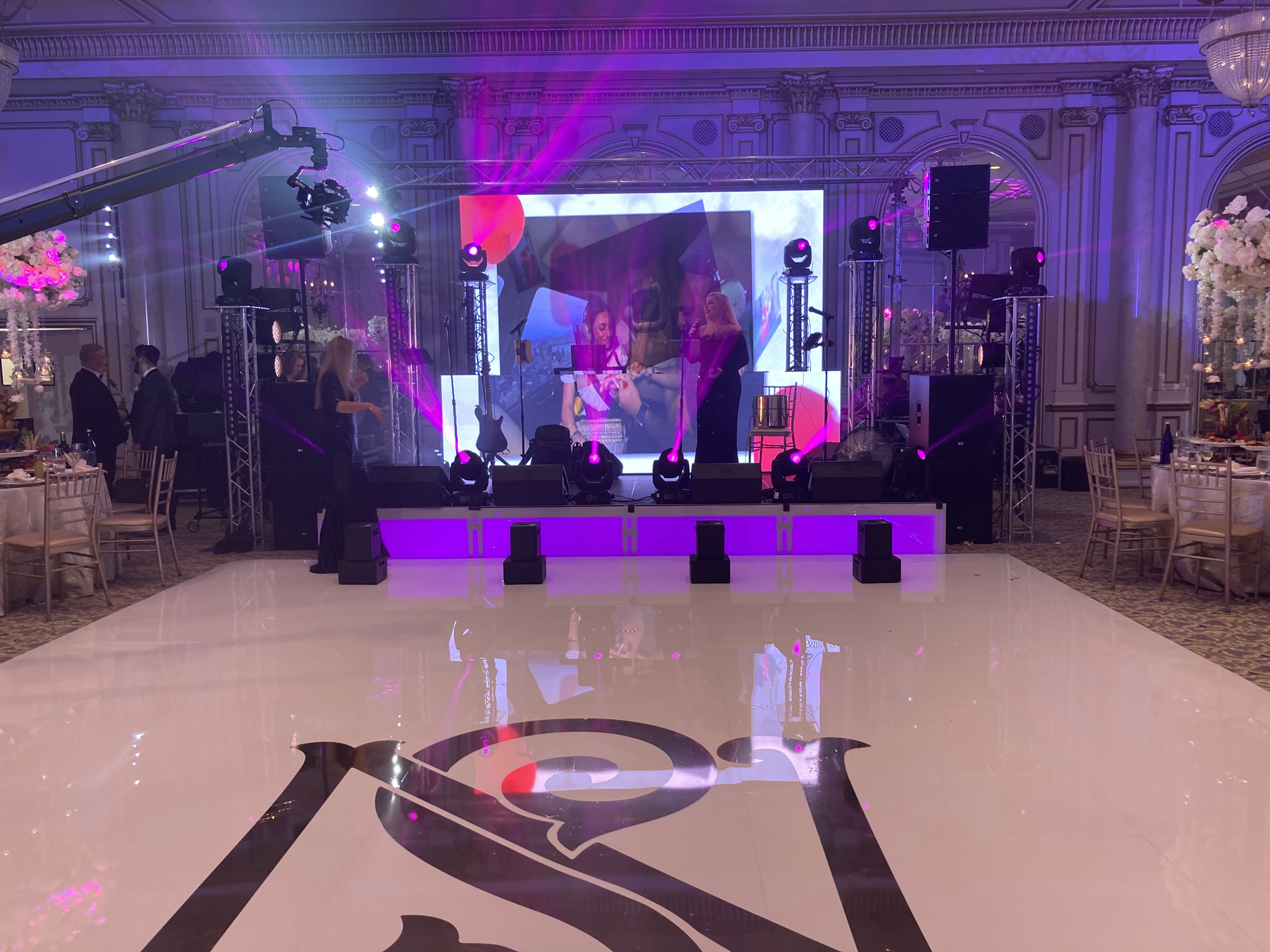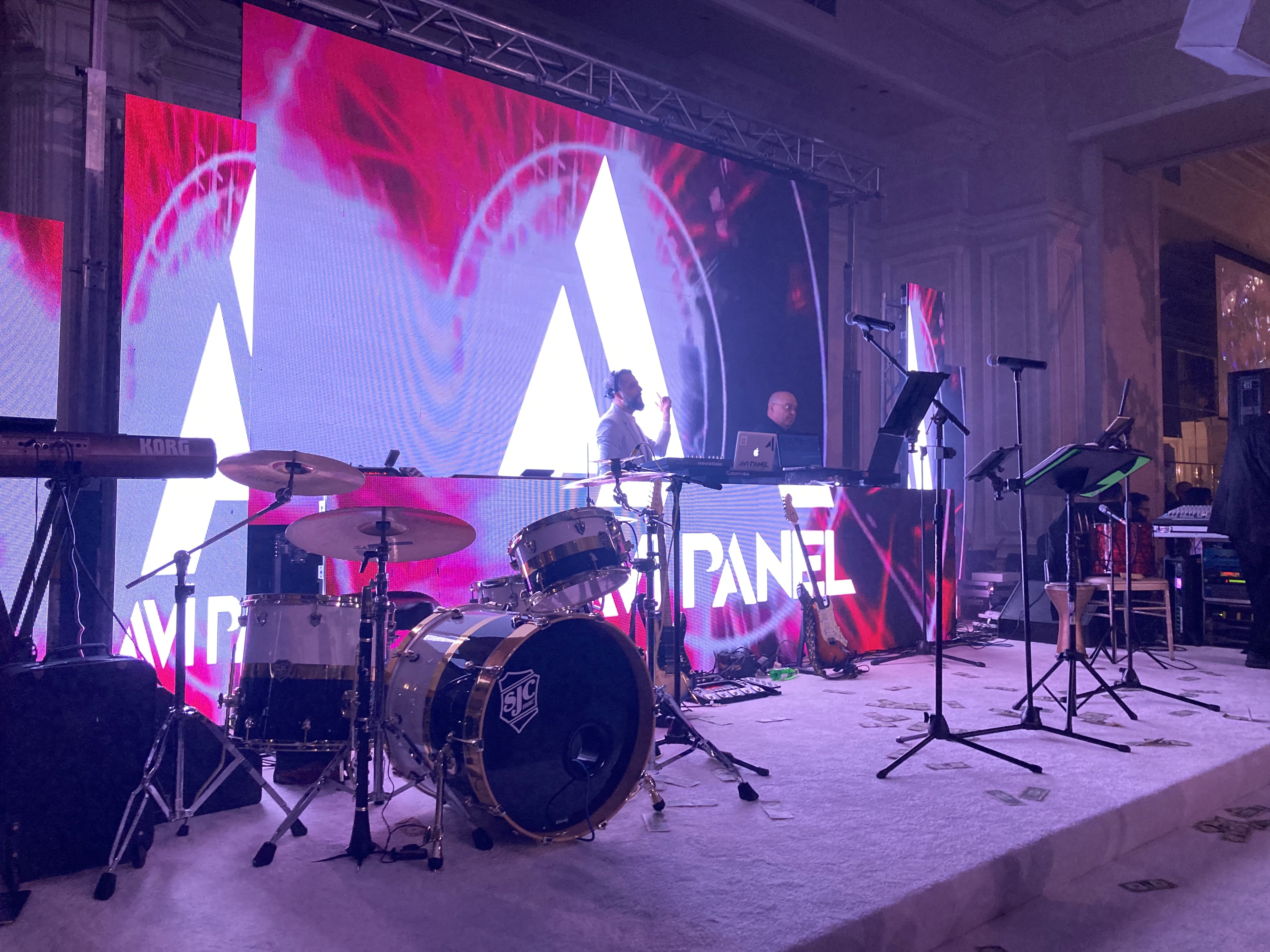Frequently Asked Questions
The placement of boundary microphones in highly reverberant environments significantly influences sound capture by minimizing phase interference and enhancing direct sound pickup. When positioned on large, flat surfaces such as walls, floors, or ceilings, boundary microphones exploit the pressure zone effect, which reduces comb filtering and phase cancellation issues typically caused by reflected sound waves. This strategic placement allows for a more coherent and natural sound capture by increasing the ratio of direct to reflected sound, thereby improving intelligibility and clarity. Additionally, boundary microphones benefit from the proximity effect, which enhances low-frequency response, making them ideal for capturing speech and musical performances in acoustically challenging spaces. By reducing the impact of room reflections and reverberation, boundary microphones provide a more focused and balanced audio capture, essential for applications such as conference rooms, theaters, and recording studios.
To minimize phase cancellation when using multiple microphones in a reverberant space, it is crucial to employ techniques such as proper microphone placement, phase alignment, and the use of directional microphones. Positioning microphones at optimal distances and angles can help reduce the overlap of sound waves that lead to destructive interference. Utilizing cardioid or hypercardioid polar patterns can effectively reject off-axis sound, minimizing reflections and reverberation. Implementing time-alignment tools or phase-correction software can further synchronize the audio signals, ensuring coherent phase relationships. Additionally, employing the 3:1 rule, which suggests placing microphones three times the distance from each other as they are from the sound source, can significantly reduce phase issues. Acoustic treatment of the space, such as using diffusers and absorbers, can also help control reflections and improve the overall sound quality.
Microphone arrays can be optimized for capturing multiple sound sources in a large, echo-prone room by employing advanced beamforming techniques, which enhance the directivity of the array and minimize the impact of reverberation. By utilizing adaptive algorithms, such as delay-and-sum beamforming or minimum variance distortionless response (MVDR), the array can dynamically focus on specific sound sources while suppressing unwanted noise and reflections. Incorporating spatial filtering and time-frequency analysis allows for precise localization and separation of concurrent audio signals, improving clarity and intelligibility. Additionally, implementing echo cancellation and dereverberation algorithms can further reduce the detrimental effects of room acoustics. The strategic placement of the microphone array, considering factors like distance from reflective surfaces and optimal spacing between individual microphones, also plays a crucial role in enhancing performance. By integrating these techniques, microphone arrays can effectively capture high-quality audio in challenging acoustic environments.
Microphone polar pattern selection plays a crucial role in reducing reverberation during multi-source recording by determining the directionality and sensitivity of the microphone to sound waves. Cardioid and supercardioid patterns, for instance, are highly effective in minimizing ambient noise and reverberation by focusing on sound from the front while rejecting sound from the sides and rear, thus isolating the desired audio source. This directional sensitivity is essential in environments with multiple sound sources, as it helps to capture clear, direct sound while attenuating reflections and echoes that contribute to reverberation. Additionally, hypercardioid and shotgun microphones offer even narrower pickup patterns, providing further isolation in acoustically challenging spaces. By strategically selecting and positioning microphones with appropriate polar patterns, sound engineers can significantly enhance audio clarity and reduce the impact of unwanted reverberation, ensuring a cleaner and more focused recording.
Advanced digital signal processing techniques can significantly enhance microphone placement strategies in reverberant spaces by utilizing algorithms such as beamforming, adaptive filtering, and acoustic echo cancellation. These techniques allow for precise spatial filtering, enabling the isolation of desired sound sources while minimizing the impact of reverberation and background noise. By employing time-frequency analysis and spatial audio processing, DSP can optimize microphone array configurations to improve directivity and signal-to-noise ratio. Techniques like blind source separation and dereverberation further refine audio capture by distinguishing between direct and reflected sound paths, thus enhancing clarity and intelligibility. Additionally, machine learning algorithms can be integrated to dynamically adjust microphone positions and processing parameters in real-time, adapting to changes in the acoustic environment and ensuring optimal audio quality.

